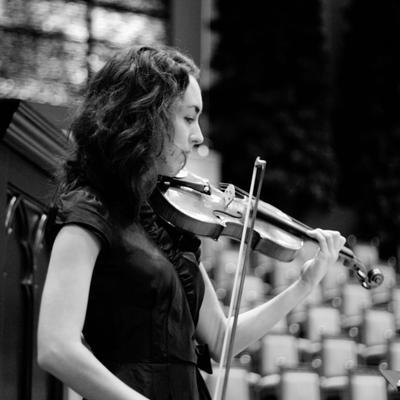
This post is a brief synopsis of my presentation at this year’s ASW on my MA dissertation research on the hybrid music library. The ‘hybrid library’ is defined as a library with a mix of traditional print collections and online resources.[1] There is also an expectation of integrated access to everything online via the OPAC.[2]
I used a mixed methods approach (combining qualitative and quantitative research methods) with three strands: 1) a usage data analysis of LMS and online resource data, 2) a user survey and 3) a benchmarking study to place the Library within the national context. The idea behind the research design was to investigate which formats users said they wanted (survey) and what they actually used (usage data). The scope of the study was limited to books, scores and audio.
The results showed that the hybrid music library is alive and well at LCoM. The overall stated preference in the survey was for physical resources. However scores was the only area of agreement between the datasets, in that most people preferred and used printed scores. Whereas the majority of survey respondents said they preferred print books, but students actually used print and e-books at similar rates. Meanwhile, about half of survey respondents said they preferred online audio but CD use was much stronger than the online equivalent.
This research illuminated a few other issues. The mixed methods approach was effective at giving a detailed though ultimately conflicting picture of format preferences. Poor uptake of Library online resources is only a partial picture; anecdotal evidence and the literature suggest sizable unseen use, that is, use of non-Library platforms such as Spotify and YouTube.[3] Comparing print and digital resource use remains problematic.[4] Overall, the research has shown that information needs are highly nuanced, suggesting that maintaining a constant feedback loop with users should be a key concern for libraries today.
Megan Dyson
Twitter: @MeganDyson3
[1] Pinfield, S., et al. (1998) ‘Realizing the Hybrid Library’, D-Lib Magazine. Available at: http://www.dlib.org/dlib/october98/10pinfield.html (Accessed: 2 February 2016).
[2] Breaks, M. (2002) ‘Building the hybrid library: a review of UK activities’, Learned Publishing, 15(2), pp. 99–107. doi: 10.1087/09531510252848854.
[3] Cf. Dougan, 2012; Lai, 2013; Matson and Shelley, 2013; Clark, 2014; Clark and Evans, 2015.
[4] Initiatives such as COUNTER and JUSP offers promise here as well as recent research (e.g. Knowlton, 2016; Fry, 2018).